The newest registered user is гераскинс
Our users have posted a total of 48009 messages in 7050 subjects

WORLD CLOCK
NAT GEO * a cleaner way to make blue jeans. *
Valley of the Sun Casual Club :: WORDS , FACTS , DATES , GAMES & TRIVIA & HISTORY :: NATIONAL GEOGRAPHIC
 NAT GEO * a cleaner way to make blue jeans. *
NAT GEO * a cleaner way to make blue jeans. *

A worker unloads jeans from a fabric dyeing machine at a jeans factory in India. Manufacturing jeans comes at a steep cost to the environment, and the toxic byproducts of producing jeans endanger the health of people who make them.
PHOTOGRAPH BY DHIRAJ SINGH, BLOOMBERG/GETTY IMAGES
Blue jeans are terrible for the environment—but a new discovery could help
The blue dyes used to give jeans their signature color come at an environmental cost, but a new breakthrough eliminates the need for harsh chemicals.
ByOlivia Ferrari
February 27, 2024
Blue jeans, one of fashion’s most classic wardrobe staples, also happen to have one of fashion’s biggest environmental footprints.
Billions of denim garments are produced each year, with the global denim market valued at $63.5 billion in 2020. To produce this classic garment, producers rely on indigo dye, the only molecule known to provide jeans’ unique, beloved color. While indigo itself is naturally derived from a plant, growing demand for blue jeans throughout the 20th century gave rise to synthetic indigo, which is now more commonly used.
But indigo, whether natural or synthetic, does not dissolve in water to become liquid dye. Instead, it must be altered using harsh chemicals that bind the dye to clothing fibers.
Researchers in Denmark have engineered an improved dyeing method that eliminates the need for harsh chemicals, instead using an enzyme for dyeing. This technology, outlined in a study published today in Nature Communications, could enable large-scale production and application of indican, a molecule related to indigo, without toxic chemicals.
Eliminating those chemicals from denim manufacturing would mean healthier conditions for textile workers and less dangerous wastewater leakage.
A greener way to go blue
Indican, a precursor to indigo found in the same plants of the Indigofera genus, is the key to this dyeing alternative. Indican is a compound that turns indigo plant leaves blue when mashed up, and it can be converted into indigo.
This was not the first study to use indican as a dye alternative—scientists have even engineered bacteria to secrete indican—but a major challenge has been finding a way to efficiently use indican dye at the scale necessary to supply the global blue denim market.
According to Ditte Hededam Welner, biologist at the Novo Nordisk Foundation Center for Biosustainability and lead researcher on the new study, their newly engineered enzyme is extremely stable, so it can withstand the industrial manufacturing process better that previous methods for using indican.
To test other sustainable approaches to indican dyeing, the research team also used light, from sunshine to household light bulbs, to dye denim. Their results show that leaving fabric with indican and water on a windowsill converts indican to indigo without even adding the enzyme.
“This was a really surprising observation,” says Welner. “It may be viable, but it’s too early to really compare them; the enzymatic route is much more mature, it’s been known for years.
How does dyeing jeans impact the environment?
The chemical process for dyeing blue jeans has persisted for the last century. The denim industry uses about 50,000 tons of synthetic indigo a year, along with over 84,000 tons of sodium hydrosulfite as a reducing agent. Textile workers are exposed to these chemicals, which can be poisonous and carcinogenic.
Toxic chemicals also pollute the environment near factories. Dyeing just one pair of jeans uses can require nearly 30 gallons of water, and chemical additives used with the water are highly alkaline and corrosive—so containing wastewater can be difficult. Chemical-contaminated water often ends up in waterways near factories, decimating local ecosystems and even dyeing rivers blue.
Welner’s team’s new methods would replace these dyes. The researchers looked at 18 impact categories, including fossil fuel use, human exposure to carcinogens, and water pollution. Using the engineered enzyme to dye with indican cuts environmental impacts by 92 percent compared with conventional dyeing, and using light to dye with indican cuts environmental impacts by 73 percent.
 Similar topics
Similar topics» ???? How rare are blue moons?
» WebMD * How to Get Rid of Blue Balls *
» TRIVIA GENIUS *What Is A Blue Moon?*
» US TRIVIA ANSWER PAGE
Valley of the Sun Casual Club :: WORDS , FACTS , DATES , GAMES & TRIVIA & HISTORY :: NATIONAL GEOGRAPHIC

 Events
Events






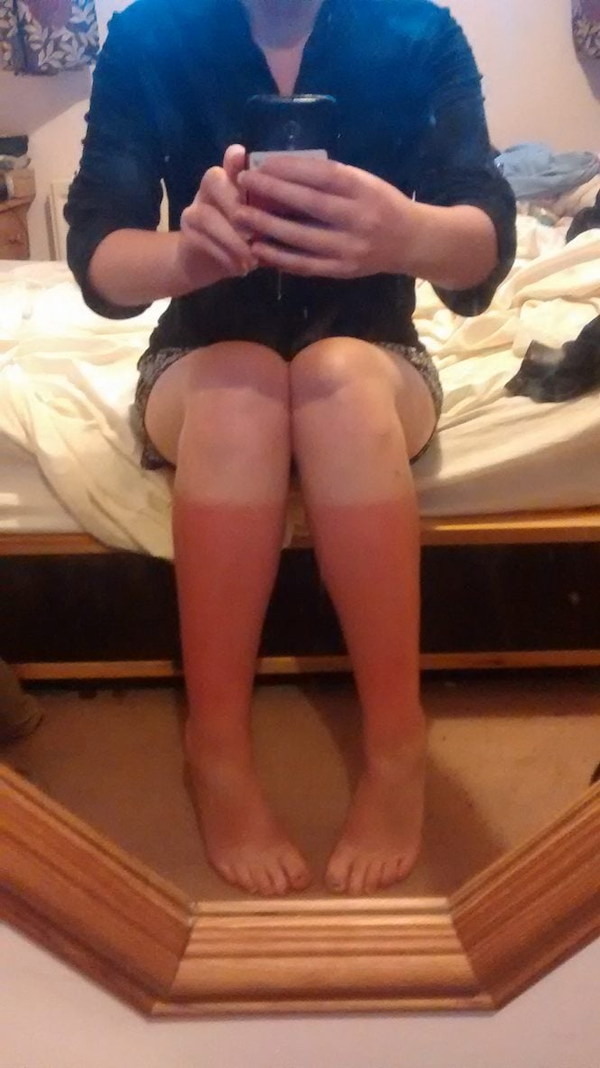

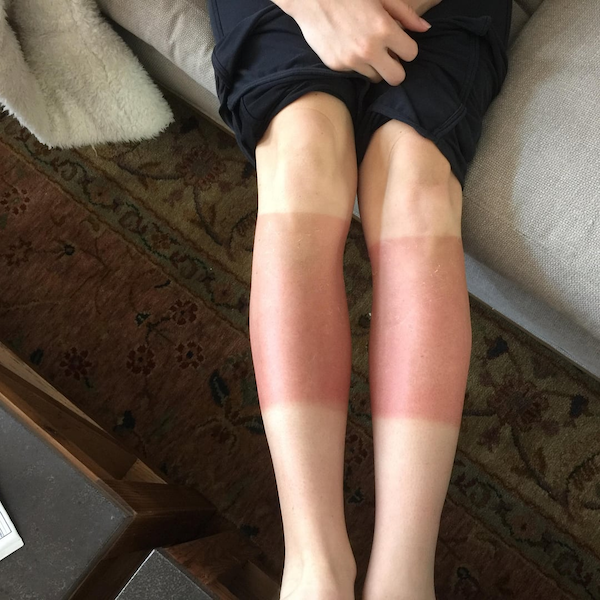
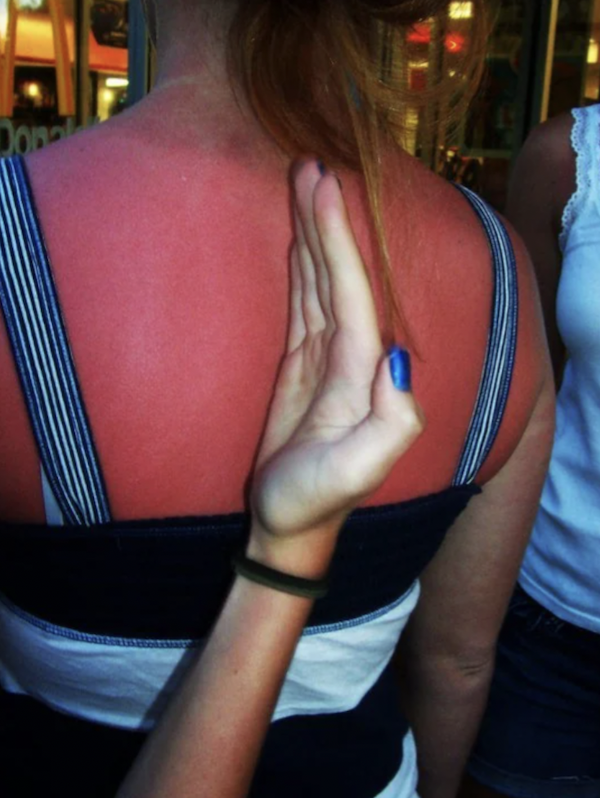


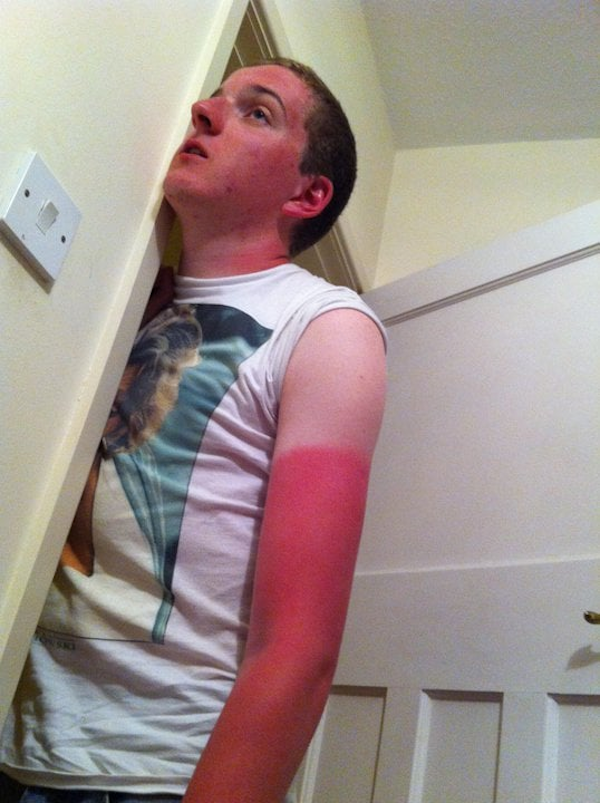
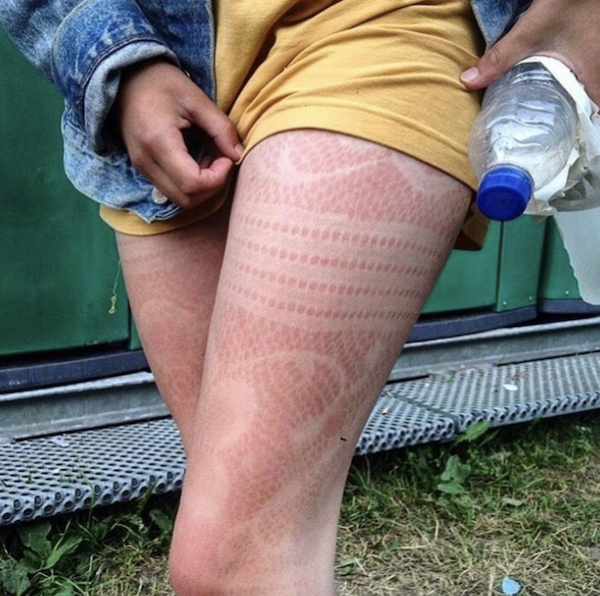

































































» INTRO TO WORD SMARTS
» PINTEREST ICONIC COMIX
» HISTORY FACTS * Gold wasn't always the top Olympic medal *
» Word Genius Word of the day * occlude *
» JULY NATIONAL CELEBRATION DAYS JULY 26 2024
» QUIZ TREAT QUIZ *Which mammal has the most powerful bite? *
» QUIZ TREAT ANSWER PAGE
» NAT GEO * The 2024 Olympics will likely be the hottest ever *
» NAT GEO * Sharks found with cocaine in their systems *
» WISE TRIVIA QUIZ *What was the first song ever played on the radio? *
» WISE TRIVIA ANSWER PAGE
» E.S.Etaski * Sister Seekers Book 10 now available everywhere! *
» WORD DAILY Word of the Day: * literatim *
» JULY NATIONAL CELEBRATION DAYS JULY 25 2024